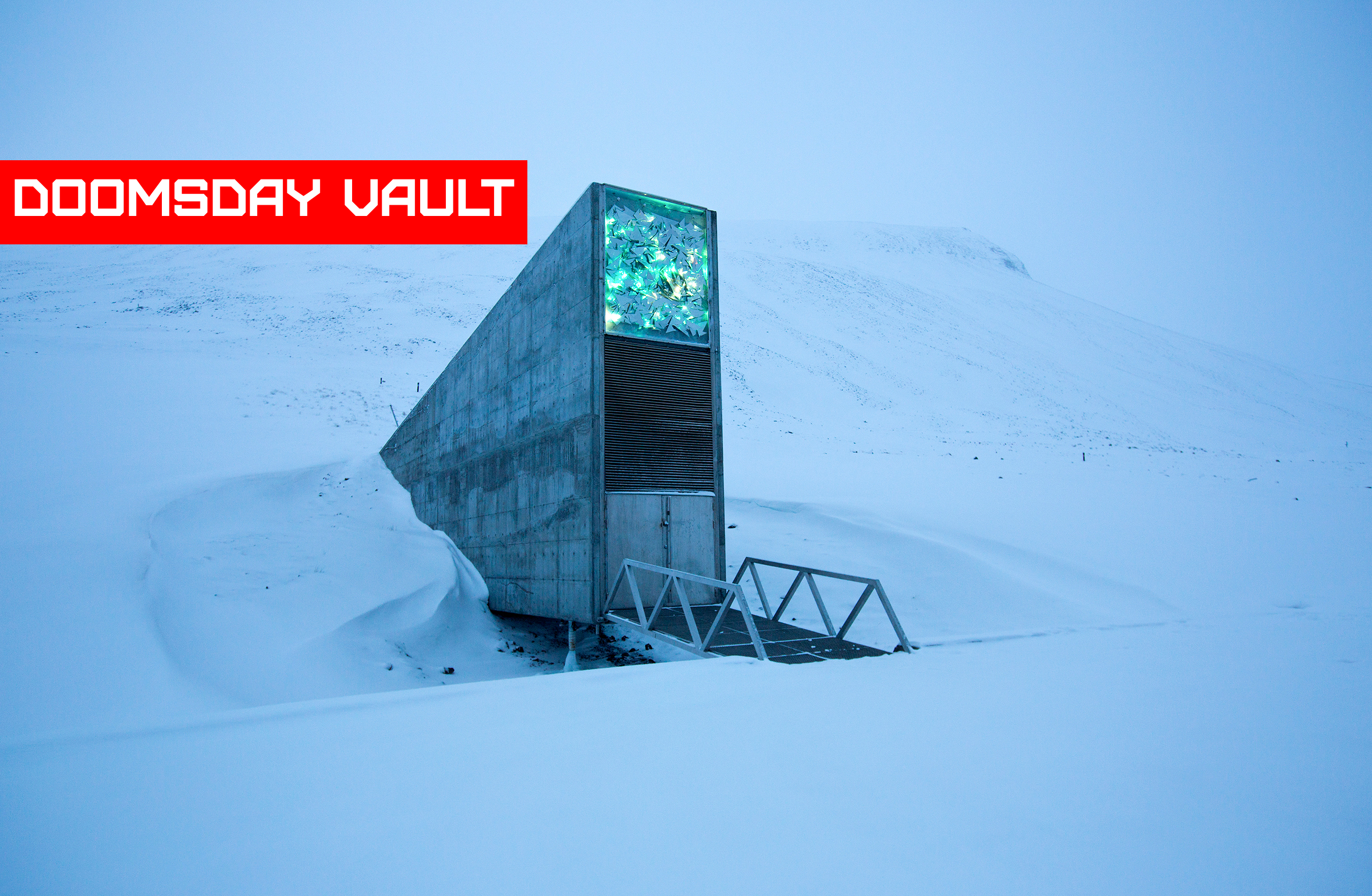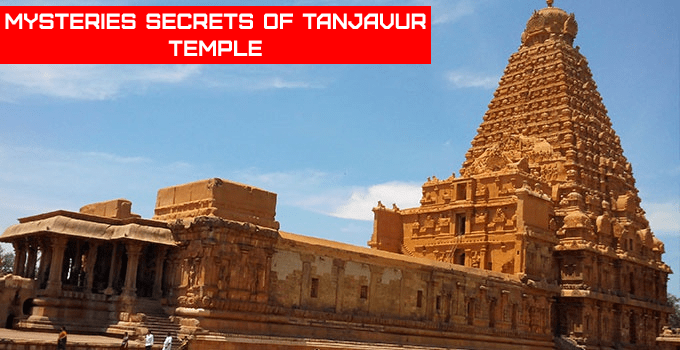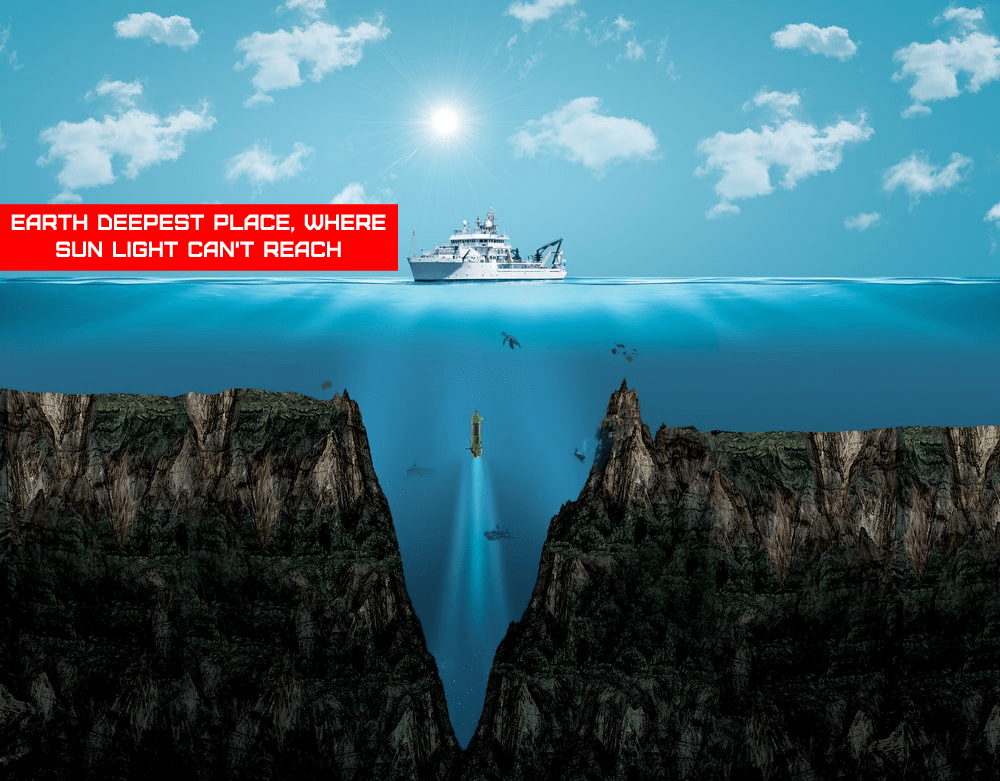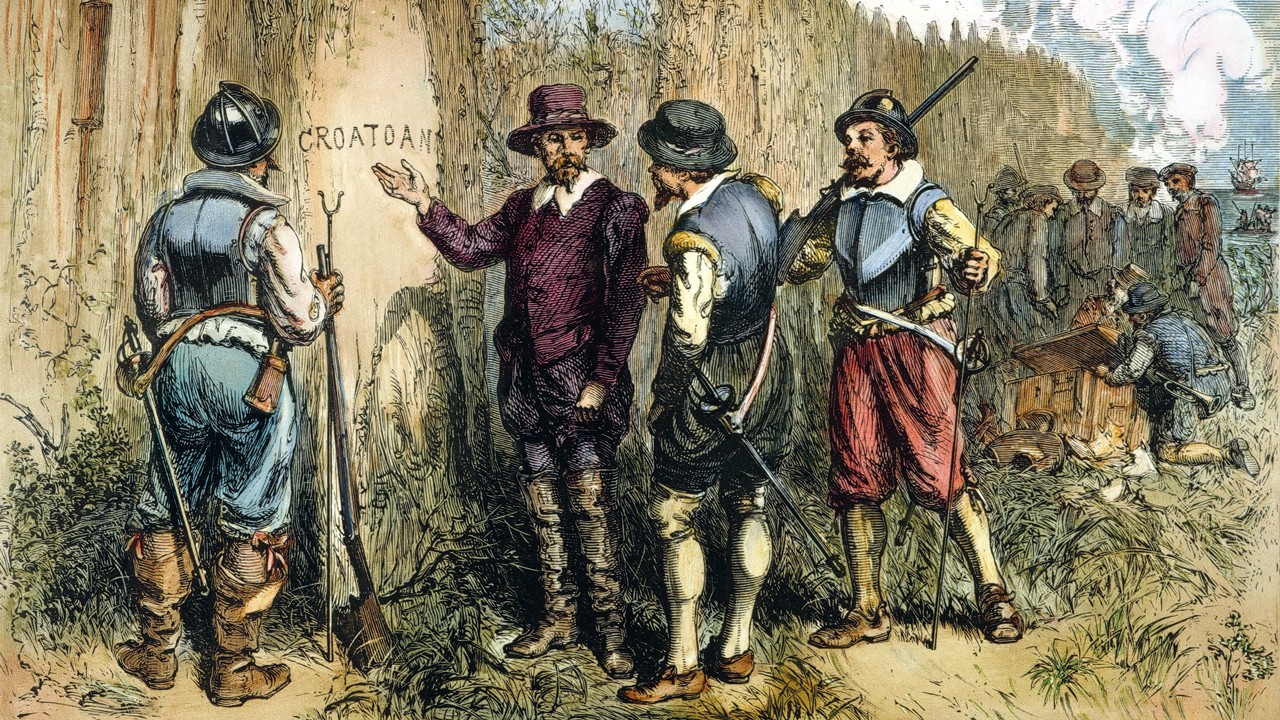The Kailasa (Kailasanatha) temple is one of the greatest rock-cut ancient Hindu temples and one of 34 cave temples and monasteries known as the Ellora Caves. The unique feature of this 1300 year old architectural masterpiece is that it was made by cutting a mountain from a single rock in the Charanandri hills of Ellora, Maharashtra.
How Ellora Form?
Verul Leni was Ellora’s old Indian name. Even now, the locals refer to this location as verul. However, Ellora was previously known as Elur or Elapura due to its proximity to the Elaganga river, which rises in the adjacent highlands. Armies of planners, architects, sculptors, smiths, and painters worked between the 6th and 11th centuries to carve the basalt lava rock that makes up the hills into 34 temples and monasteries.

Kailasa Temple Architechture
Kailasanatha temple, the world’s biggest monolithic sculpture cut from a single rock, is regarded as one of India’s most impressive cave temples due to its size, construction, and sculptural treatment.
There are three major Gods in Hinduism. Brahma is the God of creation, Vishnu is the God of protection, and Shiva is the God of destruction. This temple is dedicated to Lord Shiva as well.
Stone carving in India is one of the world’s richest traditions. Masonic and stone carving guilds have been here from the 7th century B.C. The talents were passed down as family legend from father to son, a process that is still practised in some regions of the country today.
“Kailasa Temple is the Single Rock Structure of the World”
The Kailasa Temple is famous for its vertical excavation, which began at the top and went down the mountain’s slope, rolling down enormous rocks separated from the mountain using steel rod drills. The drill traces are still evident on the surrounding walls, and the method is being employed in Rajasthan stone quarries today. It is essential to consider the method since it will also propose the chronology of sculptures. The scooping out of the rock is plainly apparent in all of the cave systems, and it is quickly followed by sculpture. Masons and sculptors both work at the same time.
The classical stone cutting tradition was inextricably interwoven with building. All significant temples in India (Puri, Konark, Khajuraho, Kailash Temple, or Mahabalipuram’s Shore Temple) demonstrate the rich history of Indian stone sculptures.
Kailasa temple employs a variety of architectural and sculptural styles. Pallava and Chalukya building styles may be seen in the temple architecture. It is similar in form and layout to the Kailasanatha temple in Kanchi and the Virupaksha temple in Pattadakal, but it is twice the size (about 195 feet long, 145 feet wide, and 90 feet tall) and carved out of the rock rather than erected with blocks.

Archaeologist Statement
Former archaeologist T.S Satyamurthi stated why the sculptors of Kailasa used the Kailaasanatha and Virupaksha temples as models. The sculptors couldn’t see how deep they could go in the rock formation since the kailasa temple was carved out of it from top to bottom. They also didn’t know if it was a solid rock formation that went deep underground. As a result, they doubled the measurements of the Kailasanatha and Virupaksha temples for the granite carved at Ellora. When building a temple from the ground up, you may make improvements as you move up to make it more sturdy. But when you construct a temple from the ground up, you can’t make alterations or afford to make mistakes.
However, the modern world does not believe or acknowledge that the ancient Indians could have achieved such technical and architectural excellence without the use of modern equipment. As a result, they developed the notion that this was made by extraterrestrial aliens (Aliens). That is why this is the only temple in the entire complex that can be seen from the sky, yet (as an Indian, we must feel) this remark is an insult to India’s great artisans.People who claim that our ancient Indians, who built such architectural wonders, had no notion of greatness would put all of our current architects, together with their magnificent technology and equipment, to disgrace.
It’s amusing to hear some suggest it’s the work of aliens, because what purpose would aliens have in building a massive temple identical to previous temples built by humans, especially on Earth?
How can aliens from outer space know about incidents from the Ramayana and the Mahabharata that are shown on separate panels of the temple?

How the Kailasa Temple Construction was Made?
The entry passage is flanked by two inner courtyards. Each courtyard, north and south, contains a massive elephant carved from a single rock. They also have triumph pillars that are around 15 metres tall. Elephants were a favourite of the Rashtrakuta rulers, who are credited with winning multiple wars with their elephant brigade. As a result, the two monolithic elephants represent Rashtrakutha dominance, and the two freestanding pillars of triumph emphasise the Rashtrakutas’ enormous might.
This is a magnificent piece of achievement anyplace in the globe, carved (or chiselled) in rock.
The Mahamantapa’s roof has four sculptures of lions, each with a raised paw and standing in a circle. Some think the lions from the sky are a ‘X’ mark and a sign for aliens from outer space, but the unknown reality is that these animated lions are said to be the temple complex’s guardians (Four sculptures of lions guarding the four Sides of temple). And other people wonder where the rock extracted from the mountain was stored if the temple was dug by humans. However, they are unaware of the Bhuleshwar Temple in Malshiras, Maharashtra, which was also built of the same sort of granite (Black Basalt).
There’s not much mystery about how it was carved. It was just the result of a group of guys and their chisels using procedures perfected over a thousand years of built caverns. They started at the top (middle) of a mountain and worked their way down, chipping stones every day. There was no crude shaping of the entire temple and then returning to add the details; everything was carved as they proceeded. Because masons and sculptors work in tandem. According to current estimations, 400 to 500 men would have worked on it at one time, and it would have taken more than a century. Just a lot of dudes hammering away at it.Simple, certainly, but no less amazing because this is the world’s largest monolithic construction.

Kailasa Temple Facts: The Entire Rock Converted into a Superstructure
When academics and archaeologists uncover such an amazing edifice, the first and natural line of questions they ask is, when was it created, who built it, and how was it built?
They go back through history texts and develop their own theories. In truth, nothing will perplex us if we examine history through the Vedic lens.
Archaeologists, for example, continue to argue about who built those massive and mystical structures all over the world, but if they consider that, according to Vedic scriptures, there have been highly advanced civilizations in the past, and the size and strength of human beings in previous ages were enormous compared to today’s human beings.
However, when it comes to Vedic literature or puranas, they refer to it as mythology. But there will be no Mythology when we think better and wider. Even current scientists are beginning to recognize Vedic science as authoritative, so why not historians and archaeologists?
Some outsiders introduce mythology in order to claim that we and our old engineering and technology were untrue and part of myth. We have historical documentation ranging from birth to battles and everything else linked to these locations.
Although there is no precise inscription on the Kailasa temple, it is apparent that it was commissioned by a Rashtrakuta monarch. Based on two epigraphs, it is commonly assigned to the Rashtrakuta ruler Krishna. The Baroda copper plate, issued by Karka Suvarnavarsha in 812-13 CE at Siddhamshi in Gujarat, lists Krishnaraja as the patron of the Kailasanatha temple (a Shiva temple) in Elapura. This copper plate, as well as the Kadamba gift of another Rashtrakuta monarch, Govinda Prabhutavarsha, ascribe the building of this monolith to Krishnaraja.

Facts of Kailasa Temple, Ellora:
- The dates of the carving of the Kailash temple are unknown.
- Unlike any other modern or historical structure, the temple is carved out of a whole mountain slope, from bottom to top.
- There is no mention of where the sculpted rubble was disposed of. A temple of this scale would have undoubtedly left a lot of rubble. And the rubble was not disposed of anywhere near the shrine. Some claim it was used to construct another edifice, however no evidence of another construction made from the same stone has been discovered.
- According to current civil engineers, it is impossible to build the same temple in modern times using modern technology in only 18 years. A achievement accomplished by the ancients without the use of sophisticated technology.









